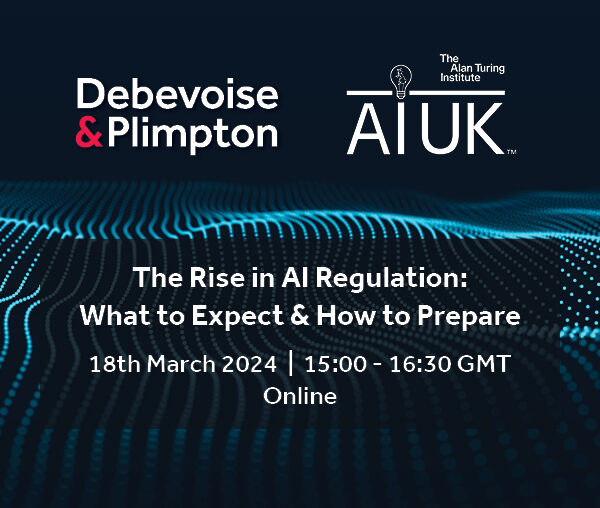As artificial intelligence (“AI”) use and capabilities surge, a new risk is emerging for companies: AI whistleblowers. Both increased regulatory scrutiny over AI use and record-breaking whistleblower activity has set…
On April 29th, 2024 from 11:00 am to 12:00 pm (EDT) Debevoise partner Erez Liebermann will be joined in conversation with Todd Conklin, the Chief Artificial Intelligence Officer and Deputy Assistant Secretary…
Online customer service chatbots have been around for years, allowing companies to triage customer queries with pre-programmed responses that addressed customers’ most common questions. Now, Generative AI (“GenAI”) chatbots have…
Many public companies are starting to face increased risks of securities class action litigation based on statements about their use of AI that are alleged to have been false or…
On March 18, 2024, the U.S. Securities and Exchange Commission (“SEC”) announced settled charges against two investment advisers, Delphia (USA) Inc. (“Delphia”) and Global Predictions Inc. (“Global Predictions”) for making…
On 18 March 2024 at 15:00 UK, Avi Gesser and Martha Hirst from the Debevoise Data Strategy and Security Group, in conjunction with the AI UK 2024 symposium, presented on…
Registered investment advisers (“RIAs”) have swiftly embraced AI for investment strategy, market research, portfolio management, trading, risk management, and operations. In response to the exploding use of AI across the…
Almost a year after it initially published its White Paper on AI Regulation (the “AI White Paper”) and launched its associated consultation, the UK government has published its consultation response…
We recently highlighted the need for companies to manage risks associated with the adoption of AI technology, including the malicious use of real-time deepfakes (i.e., AI-generated audio or video that…
On February 14, 2024, Deputy Attorney General Lisa O. Monaco announced an initiative within the U.S. Department of Justice to ramp up the detection and prosecution of crimes perpetrated through…










